Textbook for Orthodontic Therapists
Textbook for Orthodontic Therapists 1st Edition:
Additional ISBNs:
∗ eText ISBN: 111956543X, 978-1119565437, 9781119565437
Table of Contents
Cover
Foreword
Acknowledgements
1 History of Orthodontics
1.1 Orthodontics before the Twenty‐First Century
1.2 Standard Edgewise Appliance
1.3 Begg Appliance
1.4 Preadjusted Edgewise Appliance
1.5 Tip Edge Appliance
1.6 Self‐ligating Appliance
1.7 Advantages and Disadvantages of all Types of Buccal Appliances
1.8 Lingual Appliances
2 Patient Assessment
2.1 The Three Planes of Space
2.2 Extra‐Oral Assessment
2.3 Intra‐Oral Assessment
3 Classification of Malocclusion
3.1 Angle’s Classification
3.2 British Standards Institute Classification
3.3 Canine Relationship
3.4 Andrew’s Six Keys
4 Aetiology of Malocclusion
4.1 Skeletal Factors
4.2 Soft Tissue Factors
4.3 Local Factors
4.4 Habit
4.5 Fraenal Attachments
5 Class I Malocclusion
5.1 Definition
5.2 Prevalence
5.3 Aetiology of Class I
5.4 Treatment of Class I
6 Class II Div I Malocclusion
6.1 Definition
6.2 Prevalence
6.3 Aetiology of Class II Div I
6.4 Treatment of a Class II Div I
7 Class II Div II Malocclusion
7.1 Definition
7.2 Prevalence
7.3 Aetiology of Class II Div II
7.4 Treatment of Class II Div II
8 Class III Malocclusion
8.1 Definition
8.2 Prevalence
8.3 Aetiology of Class III
8.4 Treatment
9 Prevalences
10 Hypodontia
10.1 Definition
10.2 Commonly Missing Teeth
10.3 Prevalence of Hypodontia
10.4 Prevalence of Missing Teeth
10.5 Classifying Hypodontia
10.6 Classifying Missing Teeth as a Whole
10.7 Aetiology of Hypodontia
10.8 Medical Conditions Associated with Hypodontia
10.9 Factors Associated with Hypodontia
10.10 Treatment of Hypodontia in Deciduous Teeth
10.11 Treatment of Hypodontia in Permanent Teeth
10.12 Implant Space Required
10.13 Kesling Set‐up
11 Supernumeraries
11.1 Definition
11.2 Prevalence of Supernumeraries
11.3 Aetiology of Supernumeraries
11.4 Types of Supernumeraries
11.5 Factors Caused by Supernumerary Teeth
11.6 Clinical Features of Supernumeraries
11.7 Medical Conditions Associated with Supernumeraries
11.8 Management of a Supernumerary
11.9 Types of Supernumeraries
12 Impacted Canines
12.1 Definition
12.2 Prevalence of Maxillary Canines
12.3 Prevalence of Congenitally Missing Upper and Lower Canines
12.4 Development of the Maxillary Canine
12.5 Eruption of Upper and Lower Canines
12.6 Aetiology of Impacted Canine
12.7 Clinical Signs of an Impacted Canine
12.8 Radiographic Signs of an Impacted Canine
12.9 Parallax Technique for Radiographic Assessment of a Canine’s Position
12.10 Management of Lingual/Palatal and Buccal Canines
12.11 Dressings for Open Exposure
12.12 Risks of Impacted Canines
12.13 Position of Impacted Canines
12.14 Ankylosis
13 Impacted Teeth
13.1 Definition
13.2 Common Impacted Teeth
14 Deepbites
14.1 Definition
14.2 Classifying Overbites
14.3 Aetiology of a Deepbite
14.4 Treating Deepbites
14.5 Stability of a Deepbite
15 Openbites: Anterior and Posterior
15.1 Definition of an AOB
15.2 Prevalence of AOBs
15.3 Classification of AOBs
15.4 Aetiology of an AOB
15.5 Treatment of an AOB
15.6 Factors That May Make Stability of an AOB Poor
15.7 Definition of a POB
15.8 Facts about POBs
15.9 Aetiology of an POB
15.10 Treatment of POBs
16 Crossbites
16.1 Definition
16.2 Types of Crossbites
16.3 Prevalence of Crossbites
16.4 Crossbites That Can Occur
16.5 Aetiology of a Crossbite
16.6 Treatment of Crossbites
16.7 Stability of a Crossbite
17 Centreline
17.1 Treatment Options
18 Overjets
18.1 Treatment Options
19 Bimaxillary Proclination
19.1 Definition
19.2 Aetiology
19.3 Relapse
19.4 Retention
20 Growth Rotations
21 Tooth Movement
21.1 Biomechanics of Tooth Movement
21.2 Types of Tooth Movement
21.3 Biology of Tooth Movement
22 Impressions
22.1 Materials Used for Impression Taking
22.2 Technique for Taking an Impression
22.3 Technique for Disinfecting an Impression
23 Study Models
23.1 Production of Study Models
23.2 What Are Study Models Used For?
23.3 Technique for Production of Study Models
24 Radiographs
24.1 When Are Radiographs Taken?
24.2 Types of Radiographs
24.3 Why Do We Take Radiographs?
24.4 Panoramic Radiographs
24.5 Upper Standard Occlusal (USO)
24.6 Parallax Technique
24.7 Periapical Radiographs
24.8 Reasons for Taking Radiographs
24.9 Clinical Justification for Taking Radiographs
24.10 General Principles of Radiation
25 Cephalometrics
25.1 The Cephalostat
25.2 Why Do We Take Cephalometrics?
25.3 When Do We Take a Cephalometric Radiograph?
25.4 Evaluating a Cephalometric Radiograph
25.5 Eastman Analysis
25.6 ANB Angle
25.7 Wits Analysis and Ballard Conversion
25.8 Vertical Skeletal Pattern
25.9 Angulation of the Incisors
25.10 Prognosis Tracing
25.11 A‐Pogonion Line (Apog)
25.12 Cephalometric Errors
26 Removable Appliances
26.1 Indications
26.2 Components
26.3 Active Components
26.4 Retentive Components
26.5 Anchorage
26.6 Baseplate
26.7 Advantages and Disadvantages of Removable Appliances
26.8 Stages of Removable Appliances
26.9 Instruments Used on a Removable Appliance
26.10 Fitting of a Removable Appliance
27 Functional Appliances
27.1 Timing of Treatment
27.2 Malocclusion Types
27.3 The End Point
27.4 Ten Key Points of Functional Appliances
27.5 Indications for Treatment
27.6 Mode of Action
27.7 Advantages and Disadvantages of Functionals
27.8 Types of Functional Appliances
27.9 Designing a Functional Appliance
27.10 Appointments
28 Fixed Appliances
28.1 Definition
28.2 Indications for Fixed Appliances
28.3 Advantages and Disadvantages
28.4 Tooth Movement Achieved with Fixed Appliances
28.5 Mode of Action
28.6 Components of Fixed Appliances
29 Headgear
29.1 Definition
29.2 Extra‐Oral Anchorage
29.3 Extra‐Oral Traction
29.4 Biomechanics of Headgear
29.5 Types of Headgear
29.6 Components of Headgear
29.7 Headgear Injuries and Preventative Measures
29.8 Reverse Headgear
29.9 Assessment of Wear
29.10 Measuring Force
30 Instructions for all Appliances
30.1 Removable Appliances
30.2 Functional Appliances
30.3 Fixed Appliances
30.4 Cleaning Instructions for the Patient
30.5 Headgear
30.6 Retainers
30.7 Bonded Retainers
31 Uncommon Removable Appliances
31.1 Nudger Appliance
31.2 En Masse Appliance
31.3 ACCO Appliance
31.4 ELSAA
32 Anchorage
32.1 Intra‐oral Anchorage
32.2 Extra‐Oral Anchorage
32.3 What Does Anchorage Depend On?
32.4 Reinforcing Anchorage
32.5 Sources of Anchorage
32.6 Anchorage Loss
33 Index of Orthodontic Treatment Need (IOTN)
33.1 Dental Health Component
33.2 Aesthetic Component
34 Peer Assessment Rating (PAR)
34.1 Components of PAR
34.2 Assessment of Improvement in PAR
34.3 Who Uses PAR?
35 Space Analysis
35.1 Crowding
35.2 Incisor Antero‐posterior Change
35.3 Levelling Occlusal Curves
35.4 Arch Expansion
35.5 Creating Space
36 Cleft Lip and Palate
36.1 Prevalence of Cleft Lip With or Without Cleft Palate
36.2 Prevalence of Isolated Cleft Palate
36.3 Syndromes Associated with Isolated Cleft Palate
36.4 Aetiology
36.5 Development of CLP
36.6 Classifications of CLP
36.7 Clinical Problems in CLP
36.8 CLP Team
36.9 Management of CLP
36.10 Orthodontic Implications of CLP
37 Orthognathic Surgery
37.1 Definitions
37.2 Indications for Treatment
37.3 Radiographs
37.4 Surgical Procedures
37.5 Sequence of Treatment
37.6 Risks and Benefits
38 Retention and Stability
38.1 Definitions
38.2 Aetiology of Relapse
38.3 How Common Is Relapse?
38.4 Informed Consent for Retention
38.5 Retainers
38.6 Removable Retainers
38.7 Fixed Retainers
38.8 Care of Removable and Fixed Retainers
38.9 Enhancing Stability
38.10 Types of Tooth Movement to Be Retained
38.11 General Advice on Retention
38.12 Five Key Points
38.13 Outcome and Follow‐Up After Debonding
39 Interceptive Treatment
39.1 Definition
39.2 Clinical Interceptive Situations: Early Mixed Dentition
39.3 Clinical Situations: Late Mixed Dentition
39.4 Clinical Situations: Early Permanent Dentition
39.5 Serial Extractions
40 Adult Orthodontics
40.1 Reasons for Adult Orthodontics
40.2 Differences in Treating Adult Patients
40.3 Aesthetic Appliances
41 Orthodontic Materials
41.1 Etch
41.2 Adhesives
41.3 Bonding onto Fillings, Crowns, and Veneers
42 Archwire Ligation
42.1 Definition of Archwire Ligation
42.2 Properties of an Ideal Ligation System
42.3 Methods of Ligation
43 Risks and Benefits of Orthodontic Treatment
43.1 Risks of Orthodontic Treatment
43.2 Benefits of Orthodontic Treatment
44 Oral Hygiene
44.1 Oral Hygiene: Pre‐treatment
44.2 Clinical Features for Good and Bad Oral Hygiene
44.3 Procedure with Patients Presenting with Bad Oral Hygiene
44.4 Procedure with Patients Who Have Improvement in Oral Hygiene
44.5 Oral Hygiene Advice Given at the Fit Appointment
44.6 Preventing Decalcification
44.7 Oral Hygiene Instructions for Appliances
45 Decalcification
45.1 Causes of Decalcification
45.2 Occurrence of Decalcification
45.3 Preventing Decalcification
45.4 Treating Decalcification
46 Fluorosis
46.1 How Can Fluorosis Occur?
46.2 Products That Can Cause Fluorosis
46.3 Treating Fluorosis
46.4 Preventing Fluorosis
47 Fluoride
47.1 Effects of Fluoride
47.2 Toothpaste Ingredients
47.3 Dental Products
47.4 Fluoride Application
47.5 Risks of Fluoride
47.6 Other Causes and Conditions Which Can Affect Enamel Development
48 Hypoplastic Enamel
48.1 Aetiology of Enamel Hypoplasia
49 Hyperplastic Enamel
49.1 Aetiology of Enamel Hyperplasia
50 General Dental Council (GDC)
50.1 Roles of the GDC
50.2 GDC Principles
50.3 Continuing Professional Development
50.4 GDC Register
50.5 Professional Conduct Committee
50.6 Scope of Practice
50.7 Equality and Diversity
51 Sharps Injury
51.1 Measures to Take Following a Sharps Injury
51.2 Investigation of Donor and Recipient
52 Health and Safety
52.1 Employer’s Duty
52.2 Employee’s Duty
52.3 Policies Within the Dental Practice
52.4 Clinical Environment
53 Control of Substances Hazardous to Health (COSHH)
54 Reporting of Injuries, Diseases and Dangerous Occurrences (RIDDOR)
55 Consent
55.1 Types of Consent
55.2 Why Do We Obtain Consent?
55.3 When Do We Obtain Consent?
55.4 Who Can Give Consent?
55.5 How Can Consent Be Obtained?
56 Pain and Anxiety Control
56.1 Pain Control
56.2 Anxiety Control
57 Emergency Care
57.1 Clinical Problems
58 Orthodontic Instruments
58.1 Adams Spring‐Forming Pliers
58.2 Adams Universal Pliers
58.3 Weingart Pliers
58.4 Bird Beak Pliers
58.5 Distal End Cutters
58.6 Ligature Cutter
58.7 Posterior Band‐Removing Pliers
58.8 Band Pusher
58.9 Band Seater
58.10 Reverse‐Action Bonding Tweezers
58.11 Torquing Turret
58.12 Bracket‐Removing Pliers
58.13 Nylon Bracket‐Removing Pliers
58.14 Angled Bracket‐Removing Pliers
58.15 Dividers
58.16 Boon Gauge
58.17 Micro Etcher
58.18 Flat Plastic
58.19 Tweed Loop‐Forming Pliers
58.20 Mosquitoes
58.21 Mathieu Needle Holders
58.22 Mauns Heavy‐Duty Wire Cutters
58.23 Mitchell’s Trimmer
58.24 Separating Pliers
58.25 Cheek Retractors
58.26 Stainless‐Steel Ruler
58.27 Triple‐Beak Pliers
58.28 Tweeds Straight (Torquing) Pliers
58.29 Tucker
58.30 Photographic Cheek Retractors
58.31 Photo Mirrors
58.32 Slow Handpiece
58.33 Debond Burs
58.34 Moore’s Mandrel
58.35 Acrylic Bur
59 Medical Emergencies
59.1 Common Medical Emergencies in the Dental Practice
59.2 Choking Patients
59.3 Cardiac Arrest Patients
60 Eruption Dates
60.1 Deciduous Teeth
61 Extraction Patterns
61.1 Class I Cases
61.2 Class II Cases
61.3 Class III Cases
61.4 Balancing and Compensating Extractions
62 Tooth Fusion and Gemination
62.1 Treatment
63 Extra Notes
64 Definitions
Index
End User License Agreement


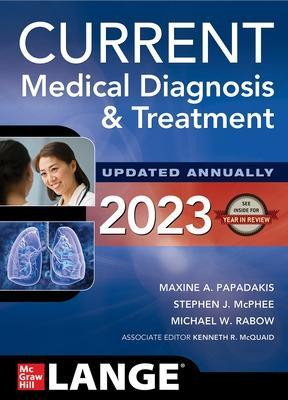
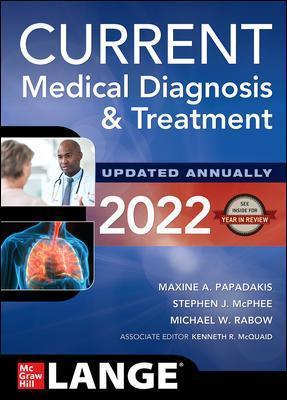
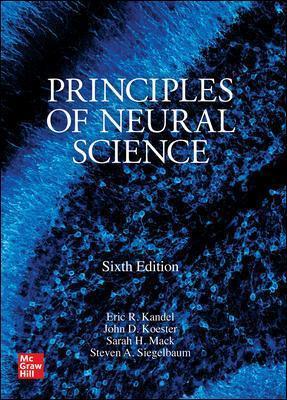

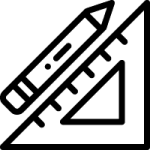




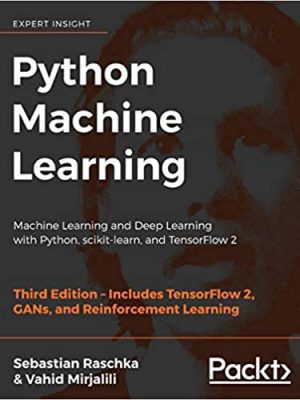
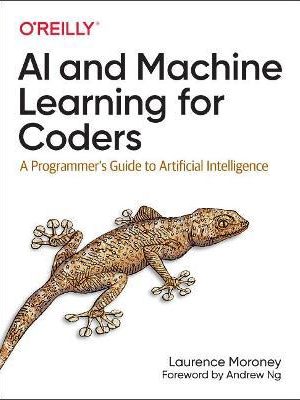







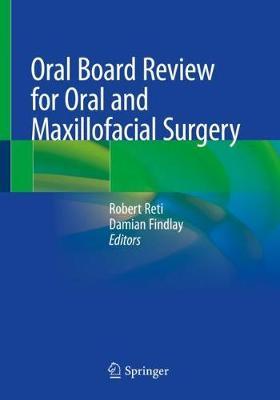
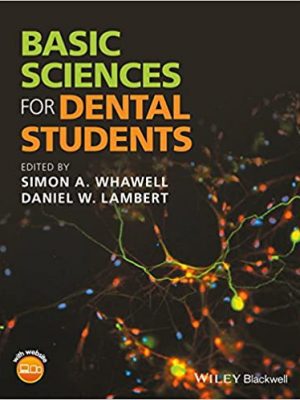
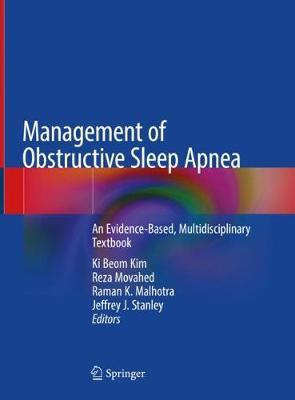
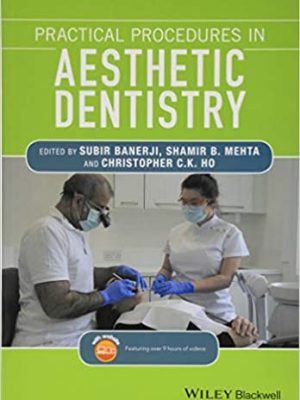
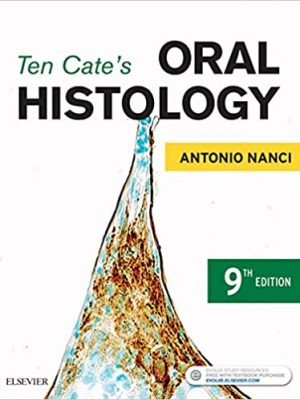
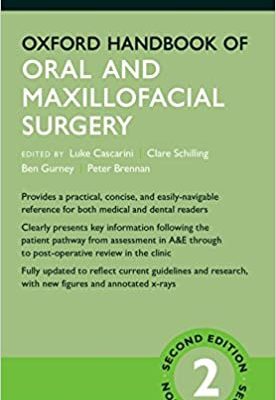
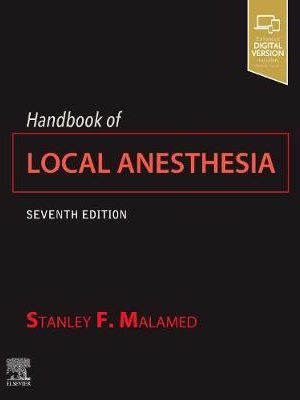
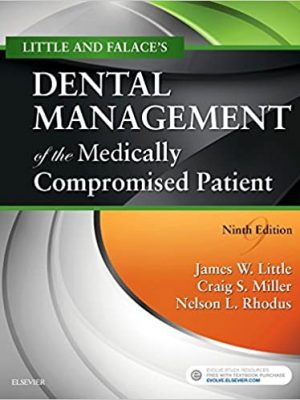
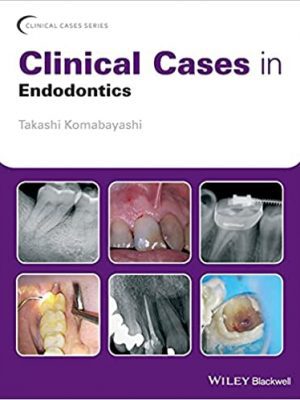
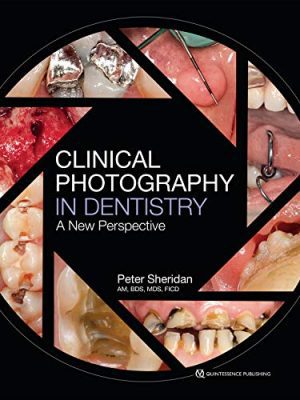
 Dentistry
Dentistry
Reviews
There are no reviews yet.